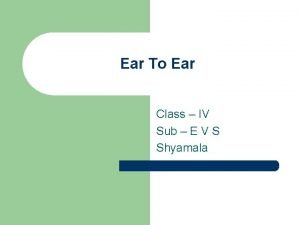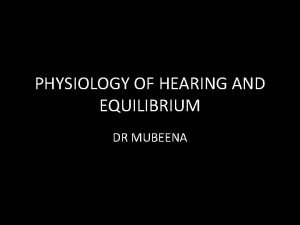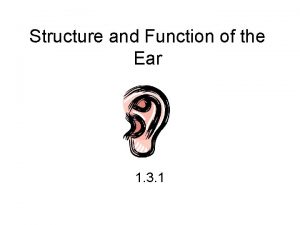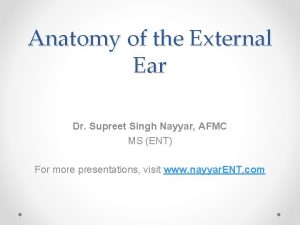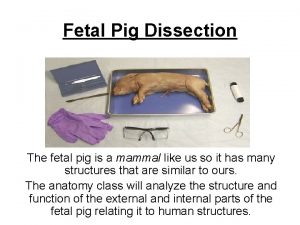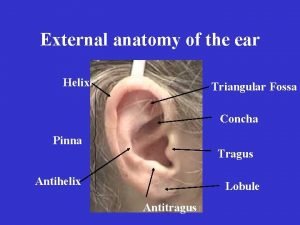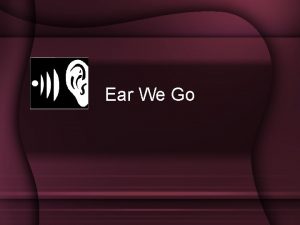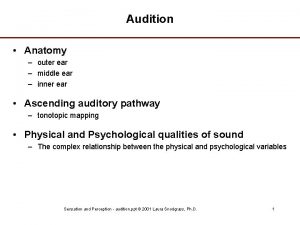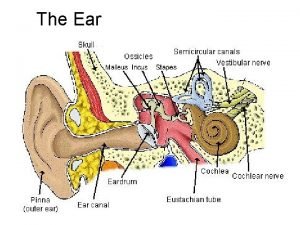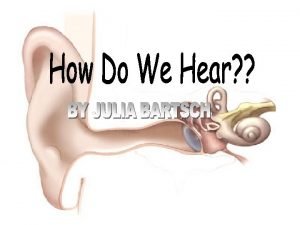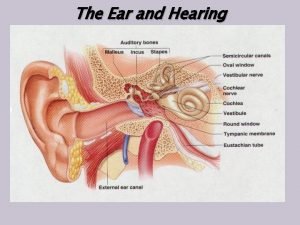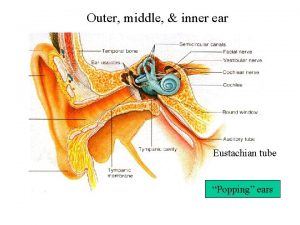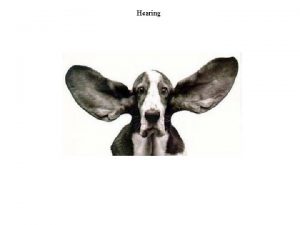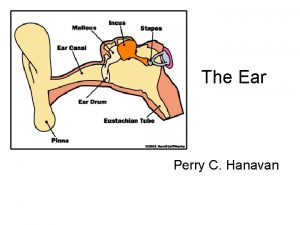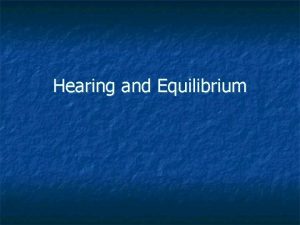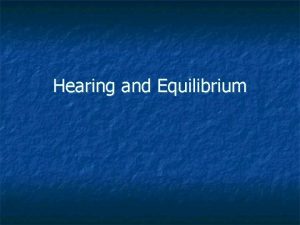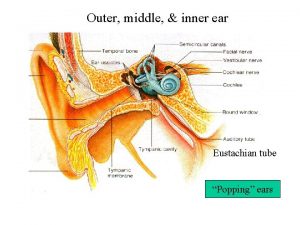Functions of Ear Pinna Function of Outer Ear














- Slides: 14

Functions of Ear

Pinna

Function of Outer Ear • • • Collect sound Localization Resonator Protection Sensitive (earlobe) Other?

Pinna • The visible portion that is commonly referred to as "the ear" • Helps localize sound sources • Directs sound into the ear • Each individual's pinna creates a distinctive imprint on the acoustic wave traveling into the auditory canal

Outer Ear Resonance • Influence of pinna (p) • Influence of ear canal (m) • Combine influence (t) • At 3000 Hz, the final amplification (t) is 20 d. B

Cerumen • The purpose of wax: – Repel water – Trap dust, sand particles, microorganisms, and other debris – Moisturize epithelium in ear canal – Odor discourages insects – Antibiotic, antiviral, antifungal properties – Cleanse ear canal

External Ear Care Hazardous to health: • Ear candling • Swabs • Foreign objects

Function of Middle Ear • Conduction – Conduct sound from the outer ear to the inner ear • Protection – Creates a barrier that protects the middle and inner areas from foreign objects – Middle ear muscles may provide protection from loud sounds • Transducer – Converts acoustic energy to mechanical energy – Converts mechanical energy to hydraulic energy • Amplifier – Transformer action of the middle ear – only about 1/1000 of the acoustic energy in air would be transmitted to the inner-ear fluids (about 30 d. B hearing loss)

Tympanic Membrane • The eardrum separates the outer ear from the middle ear • Creates a barrier that protects the middle and inner areas from foreign objects • Cone-shaped in appearance – about 17. 5 mm in diameter • The eardrum vibrates in response to sound pressure waves. • The membrane movement is incredibly small – as little as one-billionth of a centimeter

Eustachian Tube • The eustachian tube connects the front wall of the middle ear with the nasopharynx • The eustachian tube also operates like a valve, which opens during swallowing and yawning – This equalizes the pressure on either side of the eardrum, which is necessary for optimal hearing. – Without this function, a difference between the static pressure in the middle ear and the outside pressure may develop, causing the eardrum to displace inward or outward • This reduces the efficiency of the middle ear and less acoustic energy will be transmitted to the inner ear.

Ossicles • Malleus (hammer) • Incus (anvil) • Stapes (stirrup) smallest bone of the body

Inner Ear Virtual Tour of the Ear Vestibular Auditory semicircular canals utricle and saccule Cochlear traveling wave Vestibular traveling wave pathologies

Balance • Linear motion • Rotary motion

Cochlea • The cochlea resembles a snail shell and spirals for about 2 3/4 turns around a bony column • Within the cochlea are three canals: – Scala Vestibuli – Scala Tympani – Scala Media
 Pinna below outer canthus of eye
Pinna below outer canthus of eye When administering ear drops to adults the pinna is pulled
When administering ear drops to adults the pinna is pulled Frond of fern
Frond of fern A bird has tiny holes on both sides of its head
A bird has tiny holes on both sides of its head An animal ears like fans
An animal ears like fans Ear
Ear Kaput suksadenum
Kaput suksadenum Franco pinna mandrione
Franco pinna mandrione Giovanni filindeu orgosolo
Giovanni filindeu orgosolo Pinna vs auricle
Pinna vs auricle Incisura terminalis
Incisura terminalis Applied anatomy
Applied anatomy Pinna formaggi
Pinna formaggi Dissection kit near me
Dissection kit near me Triangular fossa
Triangular fossa




